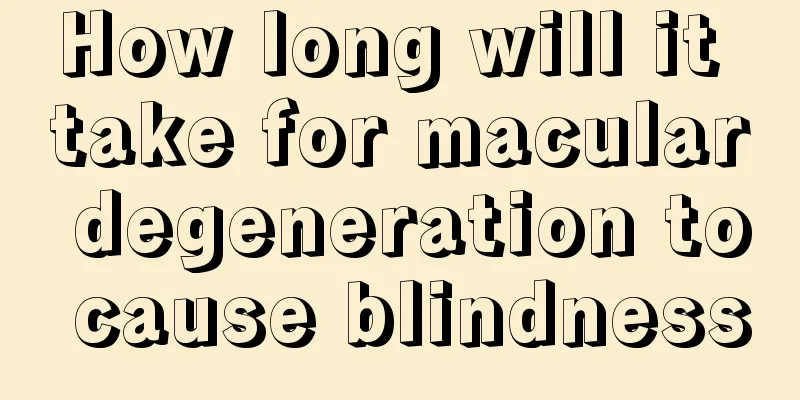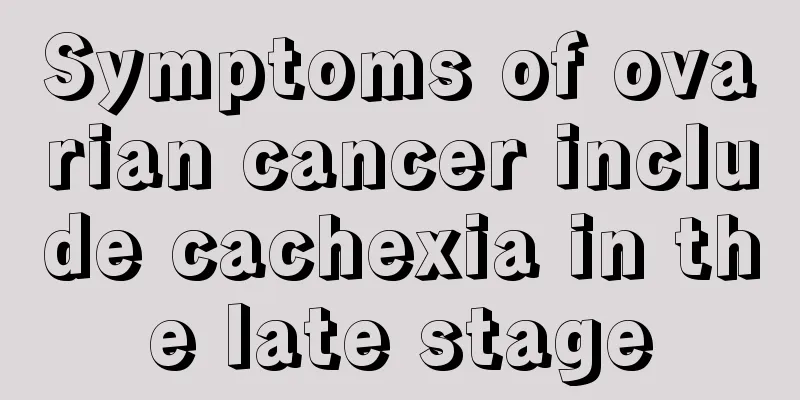What are the sequelae of radiotherapy for nasopharyngeal carcinoma

|
What are the sequelae of radiotherapy for nasopharyngeal carcinoma? What should we do if we find problems? Radiotherapy uses radiation to kill tumor cells, but while killing tumor cells, it will definitely cause varying degrees of damage to the patient's own normal cells. Radiotherapy generally has some complications and sequelae. Sequelae: 1 Systemic reactions: including fatigue, dizziness, loss of appetite, nausea, vomiting, tastelessness or change in taste in the mouth, insomnia or drowsiness, etc. Some patients may experience changes in blood count, especially leukopenia. Although the degree varies, it can generally be overcome through symptomatic treatment and radiotherapy can be completed. If necessary, vitamin B1, B6, C, metoclopramide, etc. can be taken. If the white blood cell count drops below 3×109, radiotherapy should be suspended. 2 Local reactions: including reactions of the skin, mucous membranes, and salivary glands. Skin reactions manifest as dry dermatitis or even wet dermatitis, and anti-inflammatory ointments with 0.1% borneol talc or lanolin as the base can be used topically. Mucosal reactions manifest as congestion, edema, exudation, and accumulation of secretions in the nasopharyngeal and oropharyngeal mucosa, and gargles and lubricating anti-inflammatory agents can be used topically. In a few patients, parotid swelling may occur after 2Gy of parotid irradiation, and the swelling gradually subsides in 2 to 3 days. When irradiated with 40GY, saliva secretion is significantly reduced, while oral mucosal secretion increases, and the mucosa becomes congested and swollen. Patients have dry mouth and difficulty eating dry food. Therefore, excessive irradiation of the parotid gland should be avoided. 3 Radiotherapy sequelae: mainly temporomandibular joint dysfunction and soft tissue atrophy and fibrosis, radiation-induced caries, radiation-induced mandibular osteomyelitis and radiation-induced encephalomyelopathy. |
<<: How to treat early stage nasopharyngeal cancer
>>: How to relieve cough in late stage lung cancer?
Recommend
What medicine should I take for angina symptoms?
Angina pectoris usually occurs after exercise or ...
Traditional Chinese medicine remedies for treating rectal cancer
Traditional Chinese medicine remedies for the tre...
How to strengthen the spleen and stomach and remove dampness
If the body has too much moisture, it is easy to ...
Is loss of appetite a sign of stomach cancer?
The onset of gastric cancer makes patients suffer...
What is the process of liposuction for swollen eyes
Some people are particularly troubled by their na...
What to do if you can’t comb your hair
It can be a bit difficult to comb long hair, espe...
What is the fastest way to remove acne scars
In fact, many people think that removing acne is ...
Does vinegar absorb formaldehyde?
Vinegar is a seasoning for cooking. Vinegar has c...
Patients must combine the diagnostic methods of skin cancer
Among cancer diseases, skin cancer is a very seri...
Blood in the stool may not be caused by hemorrhoids
Mr. Shen, who lives in Hebei, is over 60 years ol...
These complications may occur after using slimming needles to slim down your legs!
In order to make themselves look better, some fem...
What are the treatments for ovarian tumors?
According to experts, ovarian malignant tumor is ...
What are the causes of colon cancer
In recent years, colorectal cancer has become a c...
Can I have a baby in the early stages of colorectal cancer?
Once a malignant tumor disease such as colorectal...
The base of the nails turns white
Many internal diseases of the human body will be ...









